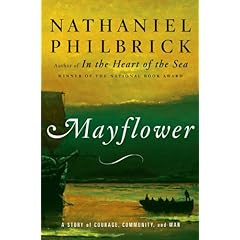
May 25, 1742, the grasshopper weather vane was built by master craftsman Shem Drowne.
Faneuil Hall Boston, the Cradle of Liberty, has a greater historical interest than any other building in the United States, save Independence Hall in Philadelphia. It was built at the expense of Peter Faneuil, a wealthy merchant of French descent, and given by him to the town. The building was completed in September 1742, with the people voting that it be called 'Faneuil Hall'.
Faneuil Hall, near the waterfront and today's Government Center, in Boston, Massachusetts, has been a marketplace and a meeting hall since 1742. It was the site of several speeches by Samuel Adams, James Otis, and others encouraging independence from Great Britain, and is now part of Boston National Historical Park and a well known stop on the Freedom Trail.
In 1768, Thomas Drowne inserts the following note inside a copper container in the grasshopper's vest or stomach area: The headline reads "Food for the Grasshopper" and the note continues "Shem Drowne made it, May 25, 1742. To my brethren and fellow grasshoppers, Fell in ye year 1753 (1755) Nov. 13, early in ye morning by a great earthquake by my old Master above. Again, like to have met with Utter Ruin by Fire, by hopping Timely from my Public Station, came of the broken bones and much Bruised. Cured and Fixed. Old Master's son Thomas Drowne June 28, 1768, and Though I will promise to Discharge my office, yet I shall vary as ye wind."
During the American Revolutionary War, a challenge issued by Colonial soldiers was: "What sits atop Faneuil Hall?" If the swift reply were not, "Why, the grasshopper, of course", there would be trouble.
Sources:






